Timoteo Viti Paintings
Timoteo Viti, also known as Timoteo della Viti or Timoteo da Urbino, was an Italian Renaissance painter, born in 1469 in Urbino, Marche. He was renowned for his contribution to the art world during the High Renaissance period in Italy. Viti was the grandson of the painter Antonio Alberti and was said to be a distant relative of Raphael. His father, Giovanni Battista Viti, was also a painter, ensuring that Timoteo was immersed in the world of art from a young age.
Viti began his artistic training under his father and later moved to Bologna to apprentice with Francesco Francia, who was a prominent painter and goldsmith of the time. This apprenticeship was crucial for Viti's development as an artist, as Francia's influence is evident in his early works. Viti's style was characterized by delicate coloring and a gentle, lyrical approach to his subjects.
After completing his training, Viti returned to Urbino around 1495, where he worked for the local court and became a chief painter. It was during this time that he likely came into contact with the young Raphael, who was then a rising star in the art world. Some art historians suggest that Viti may have had an influence on Raphael's early style.
Throughout his career, Timoteo Viti was well regarded for his religious compositions, portraits, and altarpieces. His works are noted for their graceful figures and vibrant use of color. One of his most famous paintings is the 'Crucifixion' for the Church of San Francesco in Urbino. He also painted several portraits of the Duchess of Urbino and other members of the court.
Despite his success, Viti's work was eventually overshadowed by the towering figures of the High Renaissance, such as Raphael, Leonardo da Vinci, and Michelangelo. Nonetheless, he continued to receive commissions and worked until his death in Urbino in 1523. Today, Viti's works can be found in various art museums and collections, offering insights into the art and culture of the Italian Renaissance outside the most famous centers of Florence and Rome. His legacy, while not as widely recognized as some of his contemporaries, remains an important part of the tapestry of Renaissance art history.
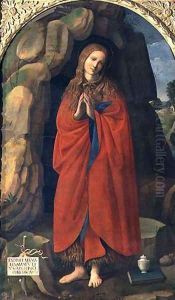
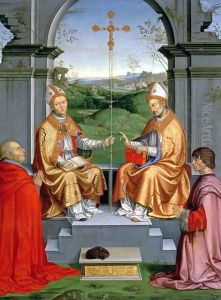
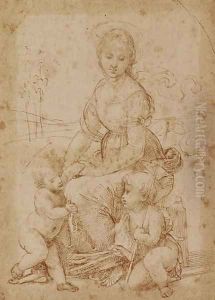
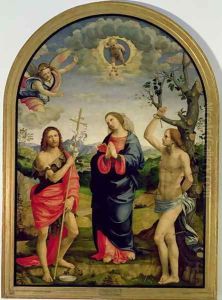
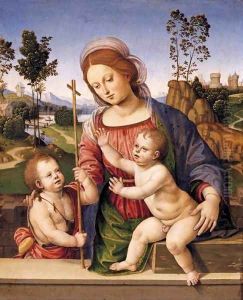
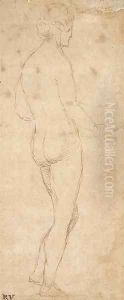


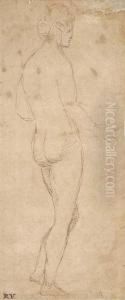
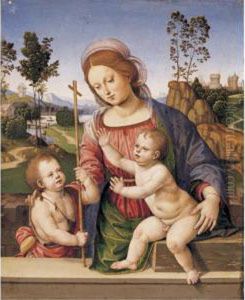
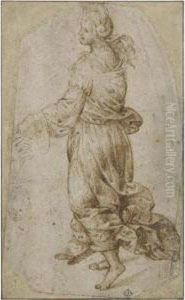
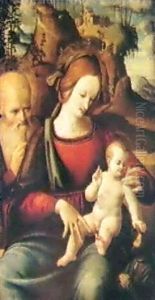
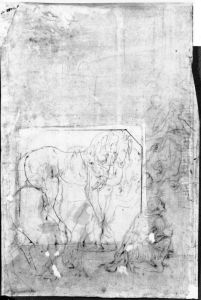
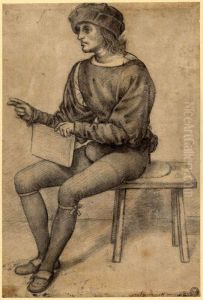
![[...] En person har stigit af hasten och knabojer. etc.](https://www.niceartgallery.com/imgs/4552405/s/timoteo-viti-en-person-har-stigit-af-hasten-och-knabojer-etc-9020f81f.jpg)